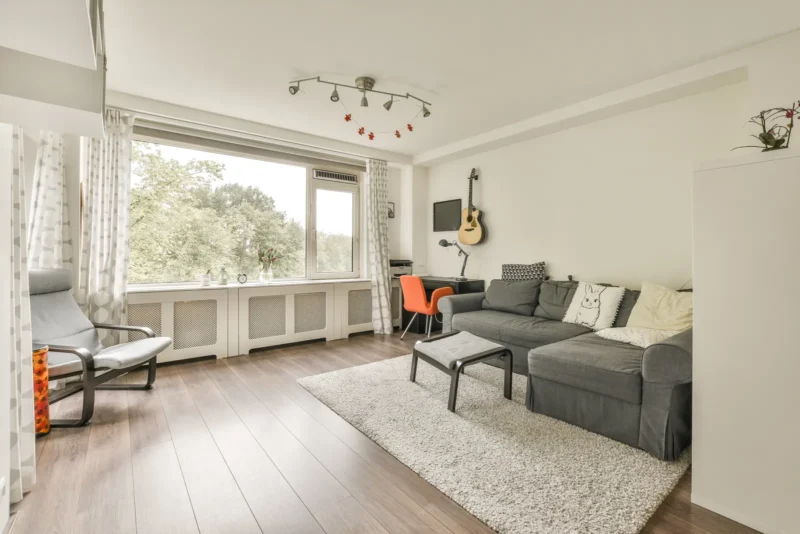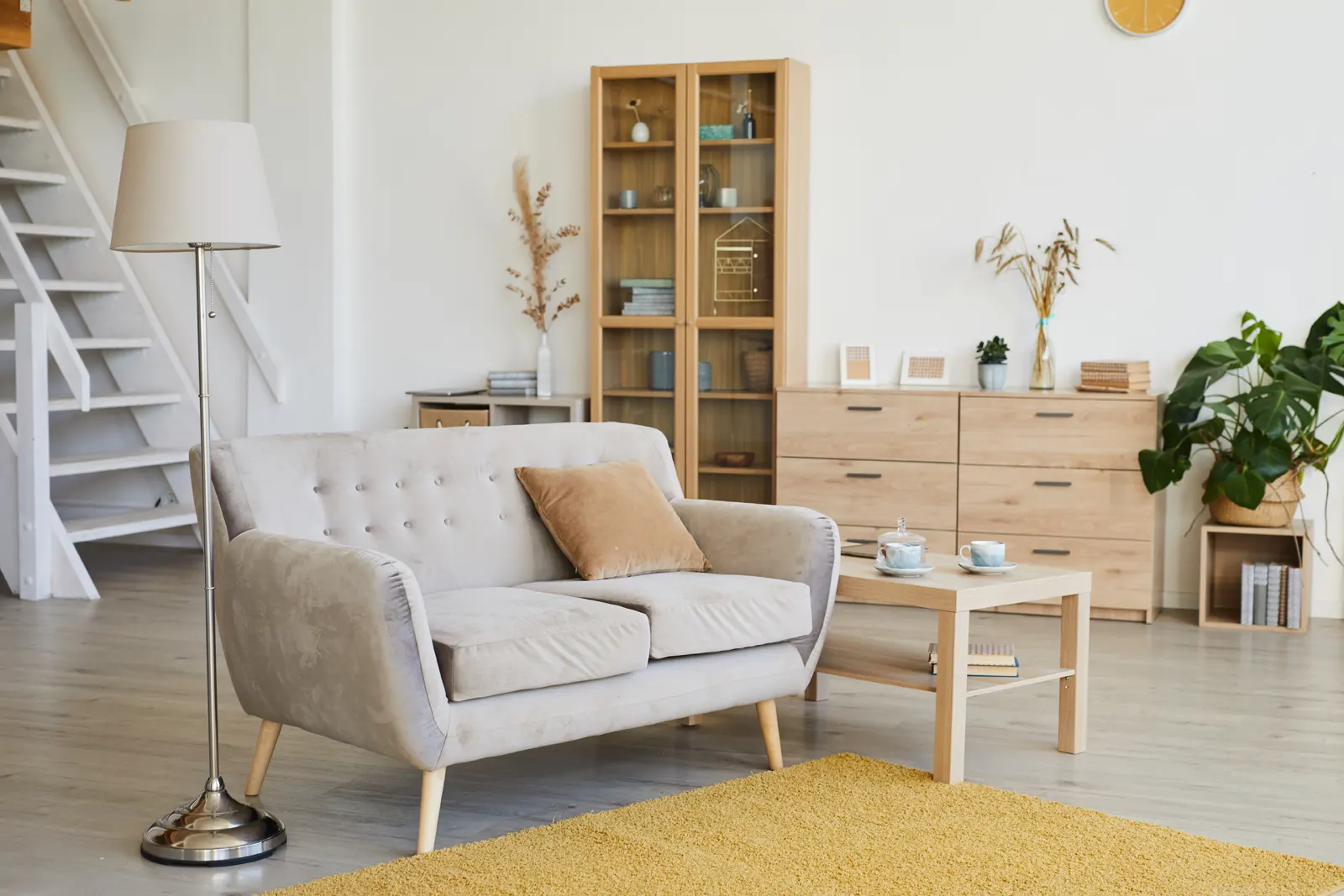What Is the Best Flooring for a New Build?
New floors add value to a house when it’s time to sell with homeowners reporting a 70% return on investment (ROI) for an upgrade. Potential buyers look at floors to see their condition and check how easy or hard it is to maintain them. Hence, choosing the right flooring for a new abode is vital not only to set the tone for the entire home’s aesthetic, but also to enhance comfort, livability, and functionality. In addition, quality flooring impacts resale value by providing durability and longevity as well as improvement in overall appeal. From hard floor and tiles to vinyl and laminate, there are several available flooring options that will suit needs, preferences, and budgets.
Lifestyle, Level of Maintenance, and Preferences
Flooring choices in a build are dependent on several factors such as personal preferences, budgets, and lifestyles. It is vital as well to work closely with architects and builders so that you can make decisions that align with your needs/budget and to ensure compliance with building codes and regulations. Moreover, they have also trustworthy relationships with business partners so that they can deliver products and services that meet your expectations.

For example, hard flooring including hardwood, laminate, tile, or engineered wood can work well in various parts of a house. In the living room, hard flooring adds warmth and elegance. Hence, engineered wood flooring is a good choice for this space because of its aesthetic appeal and durability. The dining room is another area where hard flooring is practical because it is easy to cleanup spills and remove food debris. On the other hand, tile and vinyl are widely preferred for kitchen floors due to their durability and the ability to resist water. At entryways and foyers, durable flooring is recommended due to high traffic. In this aspect, hardwood, tile, or stone are common choices for their durability. For stairs, hardwood or laminate can work for aesthetic and practical reasons while basements which are prone to moisture should be fitted with laminate or vinyl plank. Thus, hard flooring can be used in almost any part of the house, but it’s critical to look at factors like durability, maintenance, and moisture resistance in addition to lifestyles and preferences when selecting the appropriate material for each space.
Mixing Different Types of Flooring
A single type of flooring all throughout a new build generates a seamless flow which enhances visual continuity and promotes cohesion and unity. It also creates a sense of vastness and consistency in design. Furthermore, it simplifies the decision-making process and installation as well as streamlines budgeting operations because there is no need to set aside funds for multiple flooring materials. Maintenance is considered easier simplifying cleaning routines with fewer specialized cleaning products or techniques. It also offers flexibility in furnishings and decorations because they can be used strategically in specific areas within the house. Plus, a classic and versatile flooring material boosts a home’s timeless appeal and increases its marketability to future buyers.
On the other hand, using the same type of flooring in the house limits design possibilities and creativity within a home. This practice has also functional limitations because certain areas or spaces may require distinct flooring materials. To illustrate, moisture-prone areas like bathrooms and laundry rooms will benefit from waterproof flooring like tiles or vinyl. Maintenance challenges may also arise if the chosen flooring is not suitable for all areas of a dwelling. Consequently, hardwood flooring in a kitchen may need frequent maintenenance because of regular spills and moisture.
For these reasons, mixing different types of flooring in a new build can work well. It adds visual interest and variety, defines spaces, and caters to the specific needs of an area. Different flooring types delineate areas within an open floor design. Say you can use hardwood in the living room and tile in the kitchen while bedrooms can be carpeted. It makes sense as well to pick flooring materials based on the functions of each space. For instance, high-traffic areas such as kitchens, bathrooms, and entryways need flooring that are robust and easy to clean. Hence, tile and vinyl are suitable materials for these types of areas. Architectural features of a house may also be highlighted by using specific flooring like in a sunroom or home office that has a unique atmosphere or purpose.
The type of flooring that will be used in a new construction depends on lifestyles, preferences, and budgets in addition to the level of maintenance you’re willing to commit. It’s possible to use one type of flooring or mix different types. However, a smooth transition between materials must be ensured for cohesion and visual appeal.



